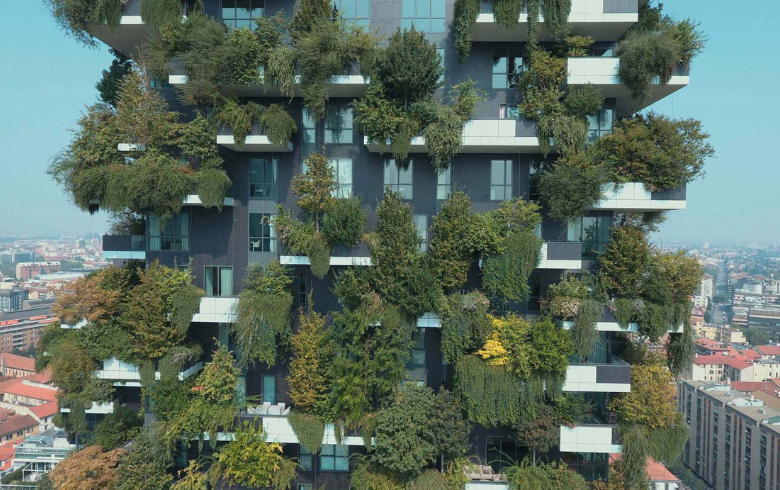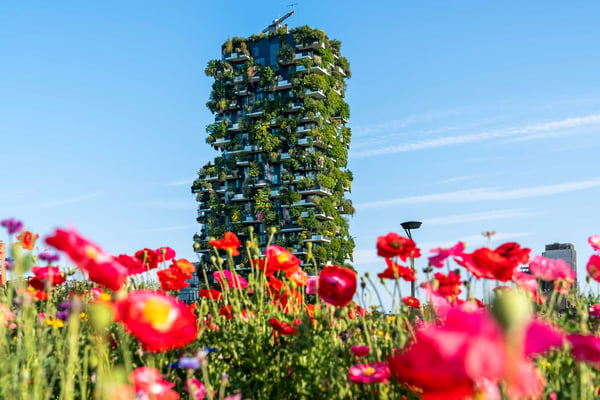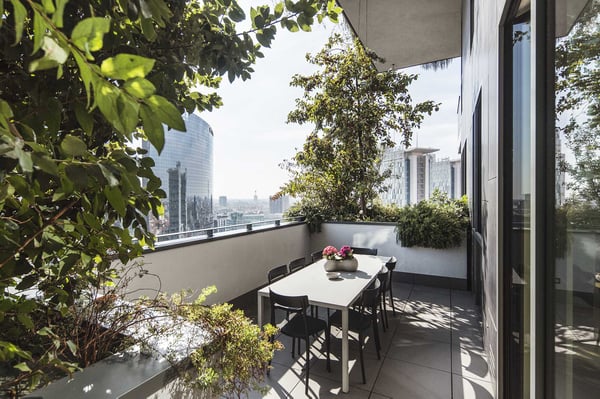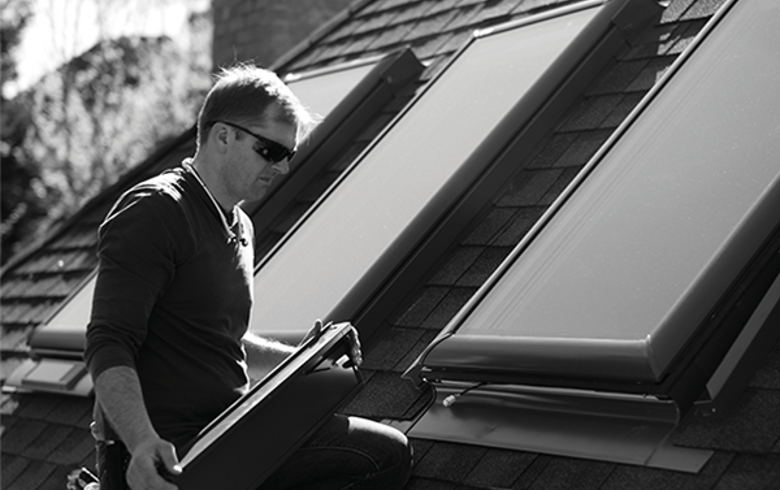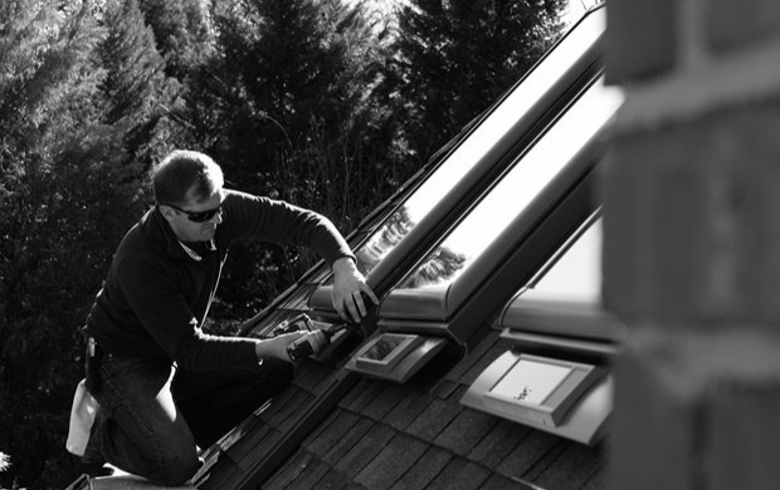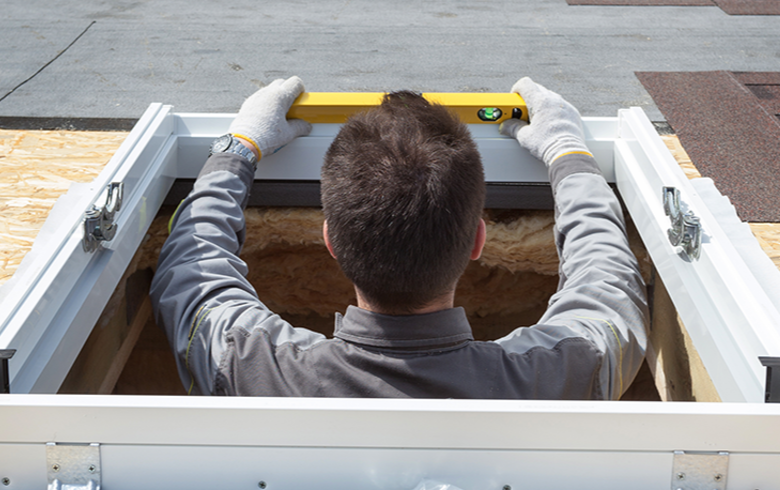In addition to helping the Earth, sustainability has been an integral component of today's architecture, encouraging designers to push the envelope in greener ways. One of those ways: a vertical forest.
Source: Stefano Boeri Architect
The Vertical Forest is the prototype building for a new format of architectural biodiversity, focusing on the human beings that live there, as well as their relationship with other living species. The first example was built in the Porta Nuova area of Milan and was designed by the Boeri Studio, led by Architect Stefano Boeri.
Why Build a Vertical Forest
The concept behind the Vertical Forest is that it would be "a home for trees that also houses humans and birds." This concept not only defines the urban and technological characteristics of the project, it also defines the two towers' architectural language and expressive qualities.
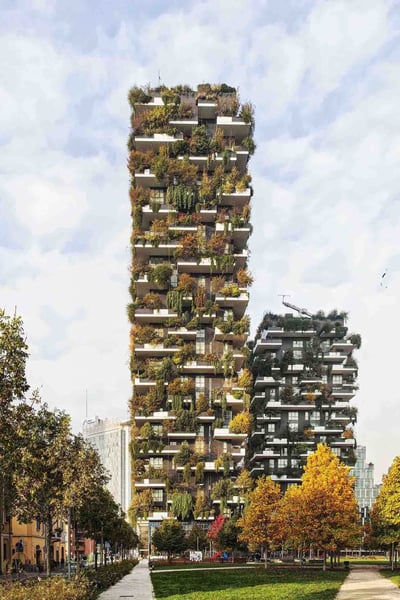
The Vertical Forest's towers are characterized by large, staggered and overhanging balconies. These balconies, each about three meters, are designed to accommodate large tubs for vegetation, allowing the growth of larger trees without hindrance. Some of these trees even stretch over three floors!
At the same time, the facades' porcelain stoneware finishes incorporate the typical brown color of bark, evoking the image of an enormous pair of trees in which to live. The contrast with a series of elements in the white stoneware (balconies, windowsills) introduces a syncopated rhythm in the composition that breaks up and "dematerializes" the visual
compactness of the buildings and amplifies the presence of the plants even more.
And unlike "mineral" facades in glass or stone, the plant-based shield does not magnify or reflect the sun's rays. Instead, daylight is filtered through the flora, creating a welcoming internal microclimate without harmful effects on the environment. These "green curtains" help regulate humidity, produce oxygen, and absorb CO2 and microparticles.
Flora and Fauna of the Vertical Forest
The two towers that make up the Vertical Forest in Milan are 80 and 112 meters high and house a total of 800 trees and plants:
- 480 first and second stage trees
- 300 smaller trees
- 15,000 perennials and/or ground-covering plants
- 5,000 shrubs
In other words, the buildings house an amount of vegetation equal to roughly 30,000 square meters of woodland and undergrowth. And that 30,000 square meters is concentrated on 3,000 square meters of urban surface. Thus, the Vertical Forest also helps limit the sprawl of cities brought about through a quest for more greenery.
The variations in color and shape of the plants produce a tremendous iridescent landmark in every season. This principle of variation is also a result of the different treatments applied on the sides and floors of the towers. The choice and distribution of plants on each side and floor reflect both aesthetic and functional criteria necessary for them to adapt to the direction and heights of the facades.
A few years after its construction, the Vertical Forest has given birth to a habitat colonized by numerous animal species, including about 1,600 specimens of birds and butterflies. This is thanks in large part to...
The Flying Gardeners
Perhaps the most unique component of the Vertical Forest's system is the job it created: the Flying Gardeners, a specialized team of climbing arborists. Using mountaineering techniques, the Flying Gardeners descend from the roof of the buildings once a year to carry out pruning while checking on the state of plants and removing or replacing them.
In addition to the Flying Gardeners, plant maintenance and greening operations are managed at the condominium level year-round in order to maintain control of the anthropic-vegetal balance. Irrigation is also centralized, and the needs of the plants are digitally monitored while water is drawn, largely from filtered effluent from the towers.
All of these solutions help keep the Vertical Forest sustainable while moving in a new direction of biological diversity.

